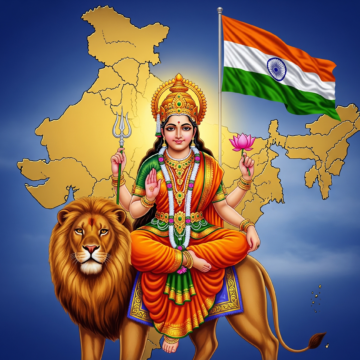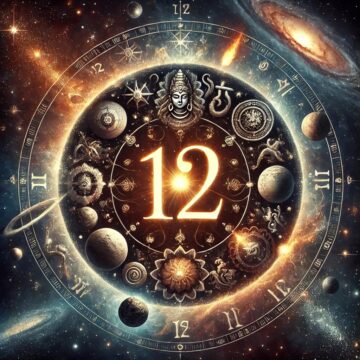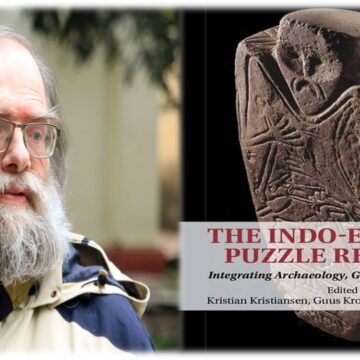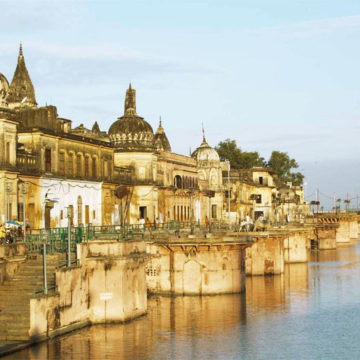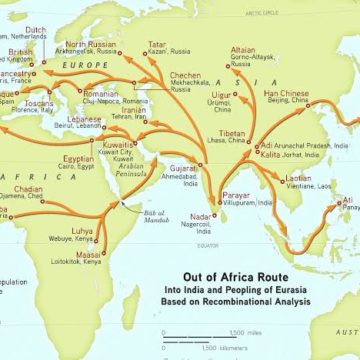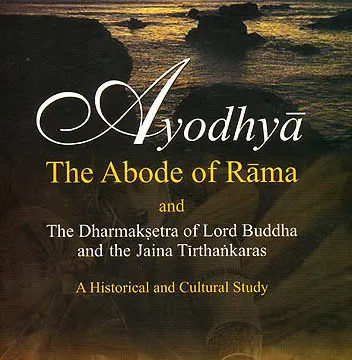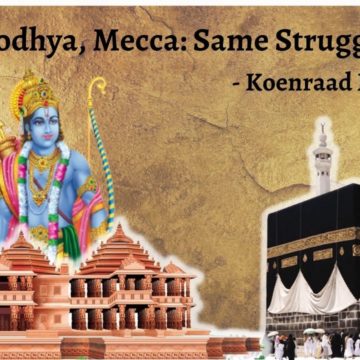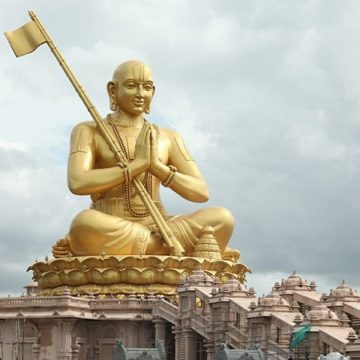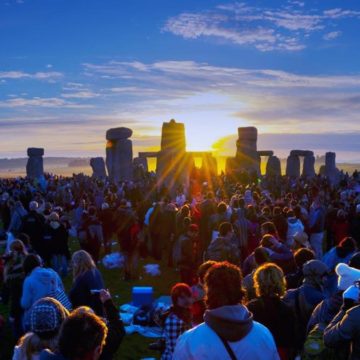In post-Christian Europe, many no longer subscribe to traditional theology or atheism, instead calling themselves “Something-ists” or “spiritual but not religious.” This vague belief in “Something” echoes ancient Indian thought, where the Vedic word Tad—“That”—points to the Absolute beyond description. Found in the Ṛg-Veda, Upaniṣads, and Bhagavad Gītā, Tad represents the witness-consciousness, the essence beyond qualities. The clearest enunciation of Tad, at once one of the profoundest Vedic phrases is the assurance Tat tvam asi, “that thou art” in the Chāndogya Upaniṣad. Thus, what seems modern is rooted in one of humanity’s oldest insights into the ultimate reality.
Author: Koenraad Elst (Koenraad Elst)
Bhārat’s Flag, Anthem and Name
In this article, Dr. Koenraad Elst reflects on how India's national symbols—its flag, anthem, and the very name Bharat—are deeply rooted in Hindu tradition. Elst argues that despite the secularist intentions of Nehruvian India, the Dharma Cakra in the flag, the reference to Ma Durga in the anthem, and the nation taking its name from King Bharata, reveal a cultural continuity that cannot be denied: that India, by heritage and spirit, remains a Hindu Rāṣṭra.
The Number 12 – An Exploration across Cultures
In this essay, Dr. Koenraad Elst explores the profound symbolic importance of the number 12 across cultures, from the 12 Ādityas in the Vedas to the Olympian gods and the 12-starred EU flag. In ancient India, it represented cosmic order, as seen in the Ṛg-Vedic 'Riddle Hymn' describing a twelve-spoked wheel of Ṛta. Mathematically and geometrically unique, the twelvefold division underlies the structure of the Zodiac and the ancient Yajur-Vedic seasonal cycle.
In The Eye of the Storm Again: The “Aryans”
On 12 September, Dr Koenraad Elst sent the following open letter to archaeologist Kristian Kristiansen, linguist Guus Kroonen and geneticist Eske Willerslev, editors of the research collection The Indo-European Puzzle Revisited, 2023, and their publisher, Cambridge University Press.
Ayodhya Forever
Dr. Koenraad Elst recounts his recent trip to Ayodhya, while analysing its historicity and devotional zeal; and takes an evaluative look at the road ahead for Hindus to preserve important dharmik sites from the tourism-driven, possibly unnecessary beautification and commercialisation.
Why Indo-Europeanists Have A Duty To Face The Out-Of-India Theory
In this article, Koenraad Elst calls upon the Indo-Europeanists to study the evidences for the Out of India (OIT) theory.
Jainas and Buddhists in Ayodhya
The recent upheaval about a Hindu temple for Thalaivetti Muniyappan (“Muni Baba with the broken head”) in Salem TN, apparently a patched-up and restored Buddha statue, and therefore taken away from its worshippers by Court order with the prospect of giving it to the Buddhists , reminds us of a similar line of argument in the Ayodhya debate of 1990-91.
Ayodhya, Mecca: Same Struggle!
Places of pilgrimage are protected regardless of whether the reason for their sacredness can be proven.
Questioning the Statue of Equality
Contrary to what Ramanuja’s statue’s name might suggest, his goal was not equality but Liberation.
The seventh worldwide Gathering of the Elders
The platform given by Hindus to pre-Christian and pre-Islamic traditions to rediscover their pagan roots is heartening to see.


